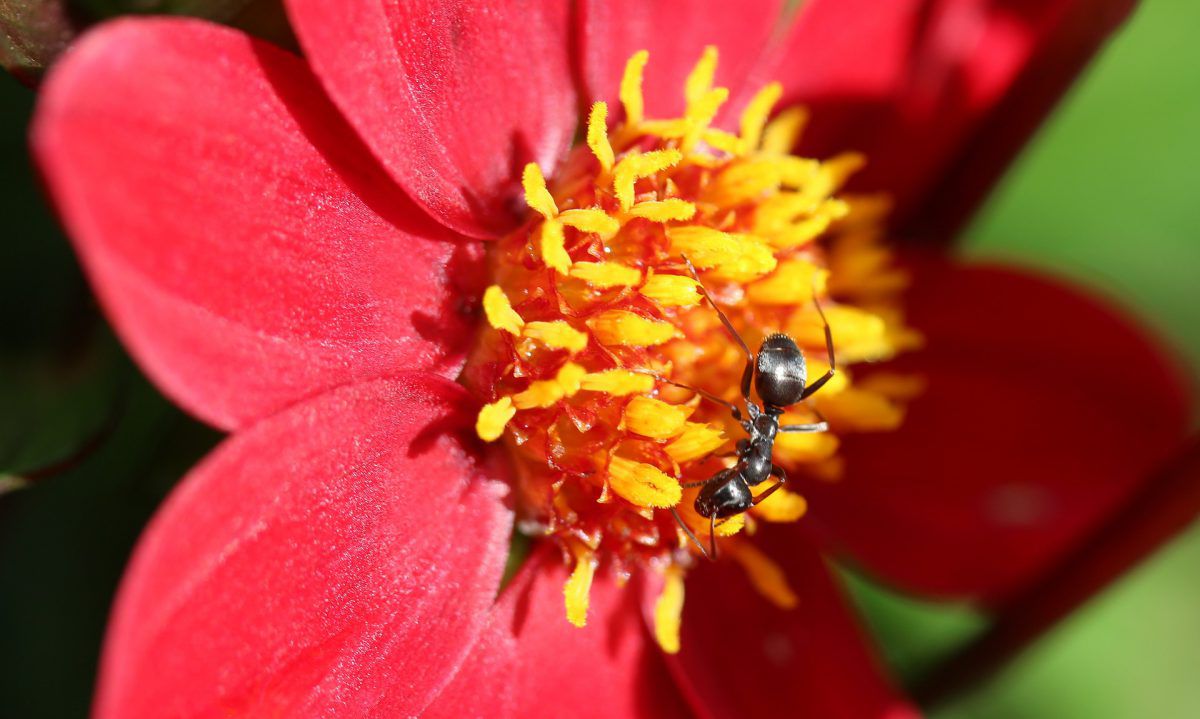- info@sirhowyhillwoodlands.co.uk
- Thomas Ellis Way, Tredegar NP22 4QF
- About Us
- Get involved
- Visit Us
Visit Tredegar & our Woodlands
Come and visit us!
Sirhowy Hill Woodland
Thomas Ellis Way
Tredegar
Blaenau Gwent
NP22 4QF - Wildlife
- Woodland Shop
Latest and greatest products, direct from our
Woodland Shop
Sourced from the Woodlands and the local community.
You have
item(s) in your bag
- Home
- /
- Blog
- /
- Animals & Wildlife
- /
- Moths
- /
- Cinnabar

Scientific name: Tyria jacobaeae
Cinnabar
May to August. Britain and Ireland. Medium-sized black moth, red markings on the forewing, hindwings mostly red. Often found near common ragwort, although sometimes on other ragworts and groundsels.
This species is so named due to the colour of the hindwings and the markings on the forewings which make it unmistakeable. There is little variation although on rare occasions the pinkish markings are replaced with yellow, or the forewing is red with a black border or the wings are completely black.Easily disturbed by day and flies in sunshine. Also flies after dark.
What does the Cinnabar eat?
The Cinnabar eats feeds on the leaves and flowers of Common Ragwort (Senecio jacobaea). Occasionally found on other ragworts and groundsels.
What habitat does the Cinnabar live in?
The Cinnabar is frequent in open grassy habitats including waste ground, railway banks, gardens and woodland rides but perhaps most frequent on well drained rabbit-grazed grassland, mature sand-dunes and heathland
What family does the Cinnabar belong to?
The Cinnabar belong to the Arctiids family.

Click to view more
Statistics
Scientific Name
Tyria jacobaeae
Location
England, Wales, Scotland and Ireland
Size
Medium Sized
Wingspan Length: 34-46mm
Population
Common and well distributed throughout most of England, Wales and Ireland

Other Wildlife







